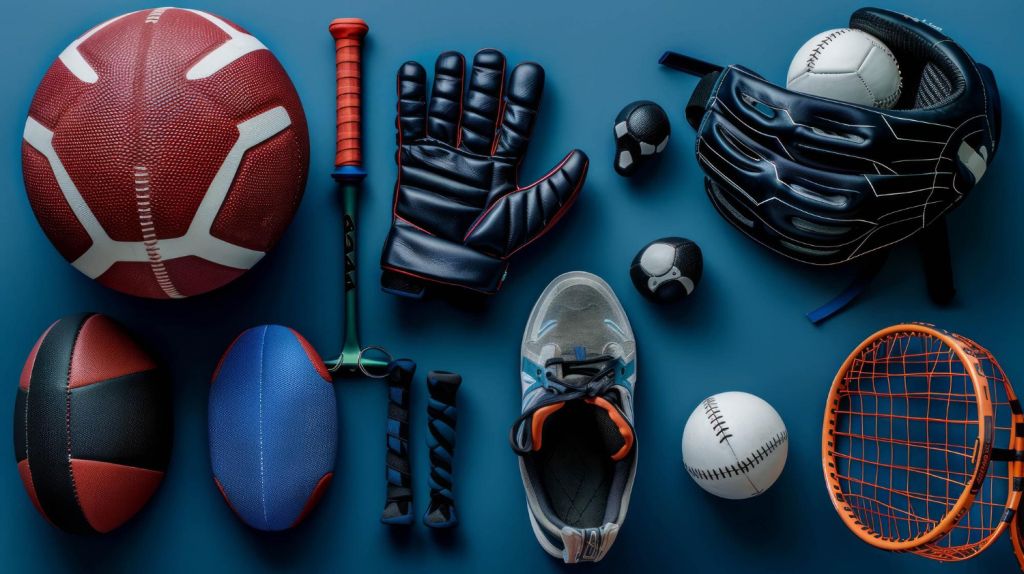The world of sports equipment is vast, and making the right choice requires thorough research. Begin by exploring various platforms—online reviews, forums, and recommendations from trusted peers. Websites dedicated to sports gear often offer comprehensive reviews and comparisons, helping you discern between myriad options available in the market. By leveraging these resources, you gain insights into what works best for your specific sport and needs.
While price often plays a significant role in decision-making, it’s essential to consider quality as well. High-quality gear, though sometimes pricier, tends to offer better performance and longevity. However, premium doesn’t always mean better. Evaluate the materials, construction, and brand reputation to ensure you’re getting value for money. Balancing quality with cost ensures that your investment in sports equipment yields long-term benefits.
Listening to those who’ve walked the path before can be immensely beneficial. Recommendations from fellow athletes, coaches, or trainers can provide firsthand insights into the pros and cons of specific gear. Personal experiences often shed light on aspects not covered in standard reviews, offering a holistic view of what to expect. By tapping into this collective knowledge, you increase your chances of selecting equipment that meets and exceeds your expectations.
Fitting and Comfort
When it comes to sports equipment, fit is paramount. Ill-fitting gear can not only hamper performance but also increase the risk of injury. Whether it’s shoes, helmets, or gloves, ensure they fit snugly without being restrictive. The right fit provides the necessary support, allowing you to focus on your game without distractions. Prioritize this step to ensure your gear becomes an extension of your body, enhancing rather than hindering performance.
Testing equipment before purchase can be a game-changer. Try on shoes to assess comfort, wear helmets to check stability, and swing rackets to gauge grip and control. Real-world testing provides insights that descriptions and reviews might miss. Remember, what feels good on paper might not translate to practicality. Ensure your equipment feels right in action before making a commitment.
Once you’ve chosen your gear, take the time to adjust and fine-tune it to your specifications. From altering strap lengths to customizing shoe insoles, minor tweaks can significantly l-bank comfort and functionality. Tailoring your equipment ensures a personalized fit, allowing you to perform at your best. With the right adjustments, your gear becomes a trusted companion in your sporting endeavors.

Safety First
Safety should always be at the forefront when selecting sports equipment. The right gear can protect you from potential injuries and ensure your sporting experience is both enjoyable and secure. Helmets, pads, and guards are not just accessories—they’re essential safeguards. Prioritize safety in your selection process to ensure you can enjoy your sport without unnecessary risks.
Different sports come with specific safety needs. For example, cyclists might prioritize helmets and reflective gear, while hockey players might focus on pads and mouthguards. Recognize the inherent risks of your sport and choose protective equipment accordingly. By understanding these unique requirements, you ensure comprehensive protection tailored to your sporting environment.
Brands often offer specialized safety features, from shock-absorbing materials to ergonomic designs. When evaluating your options, consider these innovations and how they enhance safety. Trusted brands with a reputation for quality often provide peace of mind, knowing that their equipment has been rigorously tested and proven effective. Choose wisely to ensure your safety remains uncompromised.
Budgeting and Longevity
Balancing your budget with your equipment needs can be challenging, but it’s crucial for sustainable sporting endeavors. While premium equipment often promises superior performance, it’s essential to evaluate whether the benefits justify the cost. Consider your usage frequency, skill level, and long-term goals to determine where to invest and where to save.
High-quality sports equipment often comes with a higher price tag, but it can offer better durability and performance. Consider investing in key pieces that directly impact your performance or safety. For other accessories, opt for more affordable options without compromising quality. This strategic approach ensures you’re prepared for both immediate and future sporting challenges.
Assess the lifespan of your equipment and plan for replacements accordingly. While some gear might last years with proper care, others may require more frequent updates. Regularly inspect your equipment for signs of wear and tear, and be proactive in addressing issues. By planning for longevity, you ensure a seamless sporting experience without unexpected disruptions.
Conclusion
Choosing the right sports equipment is an art that combines knowledge, strategy, and intuition. By understanding your sport and personal goals, conducting thorough research, prioritizing fit and safety, and balancing budget with quality, you ensure a rewarding sporting experience. Remember, the right gear is more than just a tool—it’s a partner in your athletic journey.
We encourage you to share your experiences and insights in the comments section, fostering a community of like-minded sports enthusiasts. Your stories and questions can inspire and guide others on their own sporting journeys. Continually refine your gear choices based on evolving needs and technological advancements.
For those eager to explore more, our blog offers a wealth of fitness and sports-related content, designed to empower and inform. Embark on this exciting adventure, equipped with the right knowledge and tools to succeed.


